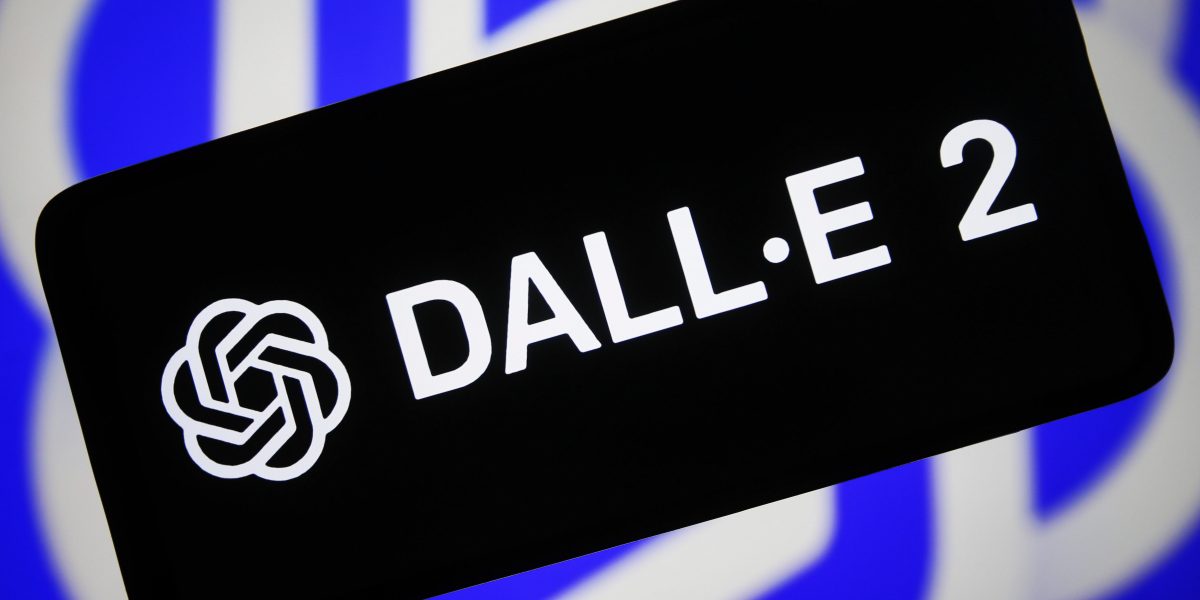Microsoft last year proposed using OpenAI’s mega-popular image generation tool, DALL-E, to help the Department of Defense build software to execute military operations, according to internal presentation materials reviewed by The Intercept. The revelation comes just months after OpenAI silently ended its prohibition against military work.
The Microsoft presentation deck, titled “Generative AI with DoD Data,” provides a general breakdown of how the Pentagon can make use of OpenAI’s machine learning tools, including the immensely popular ChatGPT text generator and DALL-E image creator, for tasks ranging from document analysis to machine maintenance. (Microsoft invested $10 billion in the ascendant machine learning startup last year, and the two businesses have become tightly intertwined. In February, The Intercept and other digital news outlets sued Microsoft and OpenAI for using their journalism without permission or credit.)
The publicly accessible files were found on the website of Alethia Labs, a nonprofit consultancy that helps the federal government with technology acquisition, and discovered by journalist Jack Poulson. On Wednesday, Poulson published a broader investigation into the presentation materials. Alethia Labs has worked closely with the Pentagon to help it quickly integrate artificial intelligence tools into its arsenal, and since last year has contracted with the Pentagon’s main AI office. The firm did not respond to a request for comment.
One page of the Microsoft presentation highlights a variety of “common” federal uses for OpenAI, including for defense. One bullet point under “Advanced Computer Vision Training” reads: “Battle Management Systems: Using the DALL-E models to create images to train battle management systems.” Just as it sounds, a battle management system is a command-and-control software suite that provides military leaders with a situational overview of a combat scenario, allowing them to coordinate things like artillery fire, airstrike target identification, and troop movements. The reference to computer vision training suggests artificial images conjured by DALL-E could help Pentagon computers better “see” conditions on the battlefield, a particular boon for finding — and annihilating — targets.
Ethical problems aside, I would not trust current AI to not make some very big mistakes lol
It seems like they don’t mind making big mistakes, as long as those mistakes happen in a foreign country.
It’s ok, just need to beta test it for a bit, and I’m sure all the kinks will get worked out /s.
If they used “Stable Diffusion” as tool to generate training data, the resulting battle management system model would only work if the adversaries were Asian women with really big boobs.
With Stable Diffusion’s case, you would use the software to determine what targets to protect, rather than destroy, obviously.
And so begins the big titty resistance against the machines.

Now obviously, mere mention of word
AIsparks outrage online.But I have a different take, and not for this particular instance but AI and military in general.
Even if the US shuts down any and all AI research and AI applications, do you think China, Russia, Iran, and others gonna do the same?
I don’t think so. Nvidia is super happy to supply expensive AI processors to China… officially or not.
It’s better to prepare preemptively than fall behind all eternity.
Look at North Korea, once they got the nukes, they became untouchable with unhinged loonies at the helm. And now South Korea and may be the US must keep throwing millions to them. They keep hacking anything and everything (except in China & Russia) they can get their hands on… without any consequences at all.
I have not seen any hacker being successfully prosecuted anywhere in the world from the “state sponsored hacking teams” of China, Russia, Iran or North Korea.
IMO all of these nations are never gonna be at peace with rest of the world, so why don’t stay (or at least try to be) in the lead while you can?
I think the reality is this is just so Lt. Colonels can have better stock pictures for their PowerPoint slides.




